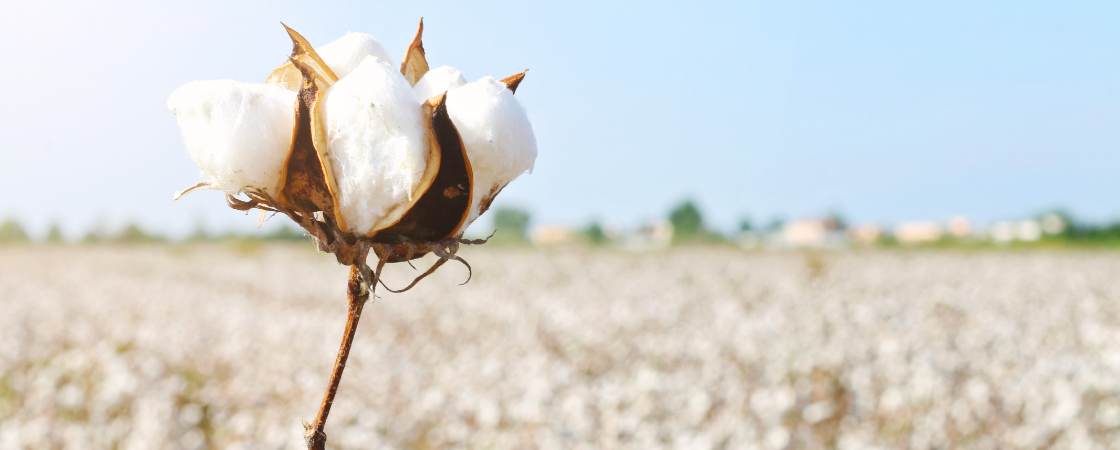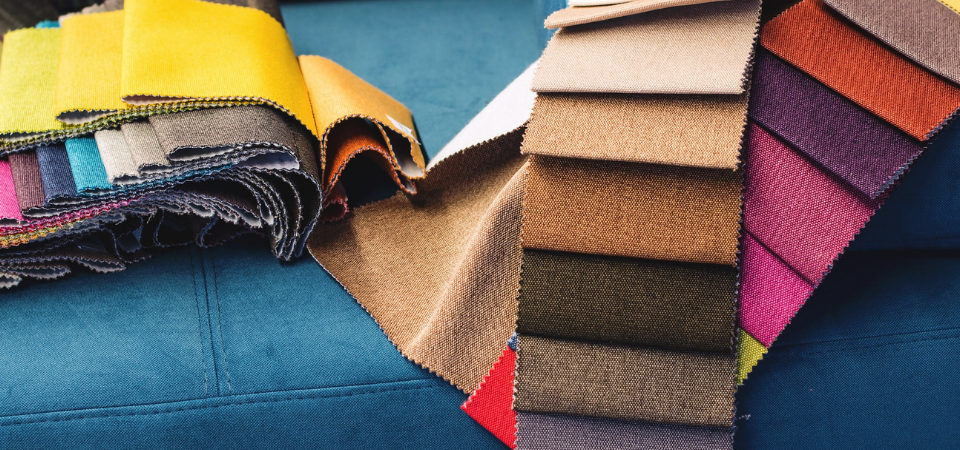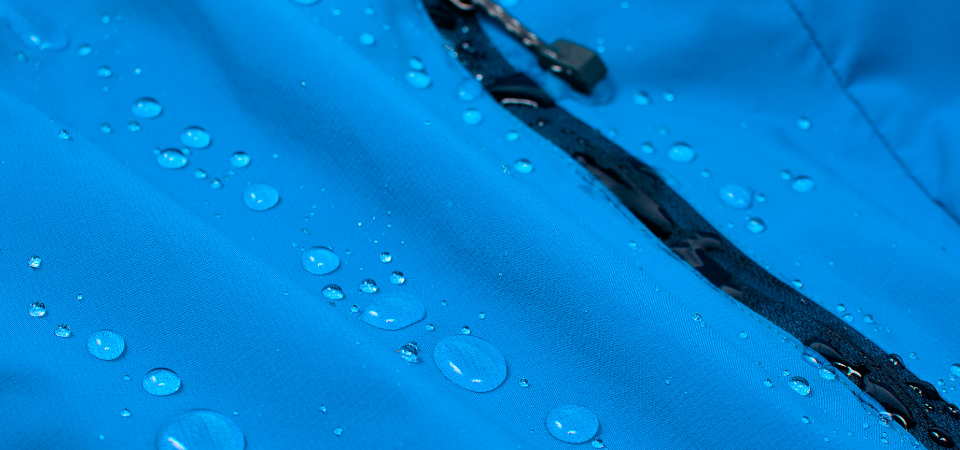
What is Fabric Shrinkage and How is it Measured?
January 2, 2024
Fabric Pilling with Causes and Solutions
January 25, 2024The blue boy of the textile industry is undoubtedly cotton. Since this is the most used fiber in the production of natural fiber fabric, it is also produced in different varieties. One of these types of cotton is also known as superior prima cotton. This species, known as the “superior” state of normal cotton, is very advantageous in terms of features. It is smoother, softer, and more durable than normal cotton. The cost is also high, as the production area is quite limited. It is produced only on farms established in and around California, in the United States. Moreover, there are a number of standards that are set to prevent harm to the environment. Manufacturers are obliged to comply with these standards, so it is a highly sustainable type of cotton. Fabrics made from this cotton can be difficult to distinguish, so it is necessary to research reliable fabric factories and purchase products produced there. In this article, a detailed description of supima cotton, production processes, and advantages are discussed.
What Is the Supima Cotton?
Supima cotton is a high-quality long fiber cotton type that is produced in the USA. The difference from regular cotton is that its fibers are longer and thinner. The fiber length of the regular cotton is around 20 mm, while the fiber length of this cotton is at least 34 mm. This feature makes supima cotton much more advantageous because it has more durable, soft, and absorbent properties compared to normal. Fabrics made from this type of cotton tend to be luxurious and quite soft. This type of cotton, which makes up only 1% of cotton produced in the world, is also produced under environmental conditions. It is not only noted for the features it provides but also for being a sustainable alternative.
How to Obtain Supima Cotton Fabric?
Supima cotton is derived from a plant called Gossypium barbadense. This plant grows in the southwestern states of the United States. Its production area is mostly agricultural areas around California or Arizona. Unlike normal cotton production, most operations are done by hand, and cotton seeds are collected by hand. These seeds are then separated from their fibers and compacted in the form of bales. At the production facility, these bales are mixed and scanned in the mixing machine. Thus, the fibers have the structure and appearance as network-like. After the foreign substances are purified by peeling, the yarns are loaded on the reels. Thus, it becomes ready for use with the fabric.
How Is Supima Cotton Fabric Used?
It is possible to produce many textile products using supima cotton fabric. But this type of cotton passes as premium and symbolizes luxury. The cost is higher than regular cotton. This type of cotton can be used in products such as t-shirts, shirts, and underwear. Since it is a type of luxurious fabric such as silk, this fabric can also be used in every product where silk is used.
Where is it Produced and How Much Does It Cost?
Another factor that makes this cotton unique is that this cotton is produced only in the United States. There are farms in the southwest of the United States where this type of cotton is produced. Although the majority of farms are in California, they are also produced in Arizona, New Mexico, and Texas. It is a type of cotton that is not grown anywhere else, and the production area will not expand anytime soon. It is reflected in the cost of the production area being so limited. It stands out as a much more expensive option than regular cotton. This is due to the fact that it is produced under organic conditions, using hand power instead of automated processes, and having a different supply chain.
What are the Advantages?
Supima cotton is also known as superior prima cotton. “Superior” is referred to by this name as it is a type of cotton. Its superiority comes from the extraordinary features it possesses. These characteristics, which are more advanced than normal cotton, are summarized below.
1. Breathable
It is a known fact how breathable cotton is, but supima is much more advantageous in this regard. This highly breathable fabric helps you stay cool and dry for a long time. It is ideal for sensitive skin because it freely circulates air rather than holding moist air. In this way, it does not irritate the skin and helps to stay cool.
2. Sustainable
Cotton is undoubtedly the most widely used type of yarn in the textile industry. Although it is used so much and is a natural fiber, the production conditions are not sustainable and therefore attract a great reaction. Supima cotton is produced under organic conditions. The production area is more limited, so it does not harm a large area of soil. Seeds are highly sustainable as they are carefully monitored throughout the process, and the process of collecting seeds is mostly done by hand.
3. Durable
When it comes to durability, this cotton comes one step ahead. It is suitable to use for a long time, as it is twice as durable as regular cotton. It is very advantageous due to the fact that it does not deform easily, there is no feathering on its surface, and it protects its color for a long time. Moreover, its soft tissue does not limit its mobility.
4. Soft and Harmless for Your Skin
With its smooth surface and soft texture, supima cotton is a unique fiber. Thanks to its soft texture, it evokes a feeling of luxury. It is also very flexible, thanks to the fact that the fibers are long. Since it is hypoallergenic, it is also an ideal choice for sensitive skin.
What are the Differences Between Normal Cotton?
Cotton stands out among natural fibers, and there are many varieties. The difference between regular cotton and supima cotton is quite clear. In many ways, this cotton is better than normal. The fiber length of regular cotton is 20 mm, while the fiber length of the supima type is at least 34 mm. While short fibers cause ebbing on the fabric surface, this is not the case with long fibers. Therefore, this type of cotton is smoother, softer, and more durable. Moreover, while regular cotton is produced with environmentally damaging policies, the supima type is produced with an environmentally sensitive policy. In terms of cost, both types of cotton differ. The Supima type is much more costly due to its limited production area and organic farming.
How Can we Recognise That the Products are Made from Supima Cotton?
It is very difficult to understand with certainty that a product is made from 100% supima cotton. Fabrics produced from supima are smoother and softer, but this alone is not enough to distinguish this species. The information contained in the fabric label can help to distinguish the fabric. The ideal way to purchase products made from this fiber is to purchase ASA-approved products and opt for trusted brands.
How Does it Affect the Environment?
Cotton production is generally done using methods that harm the environment. Supima cotton is produced by using methods that give the environment the least in the opposite way to standard production. Since the production of this cotton takes place in a limited area and the production is less than that of normal cotton, the damage is also less. However, ASA has a number of standards that hinder the use of toxic and dangerous chemicals. Manufacturers are obliged to follow these standards, so there are no practices that affect soil yield or cause great harm to the environment.




